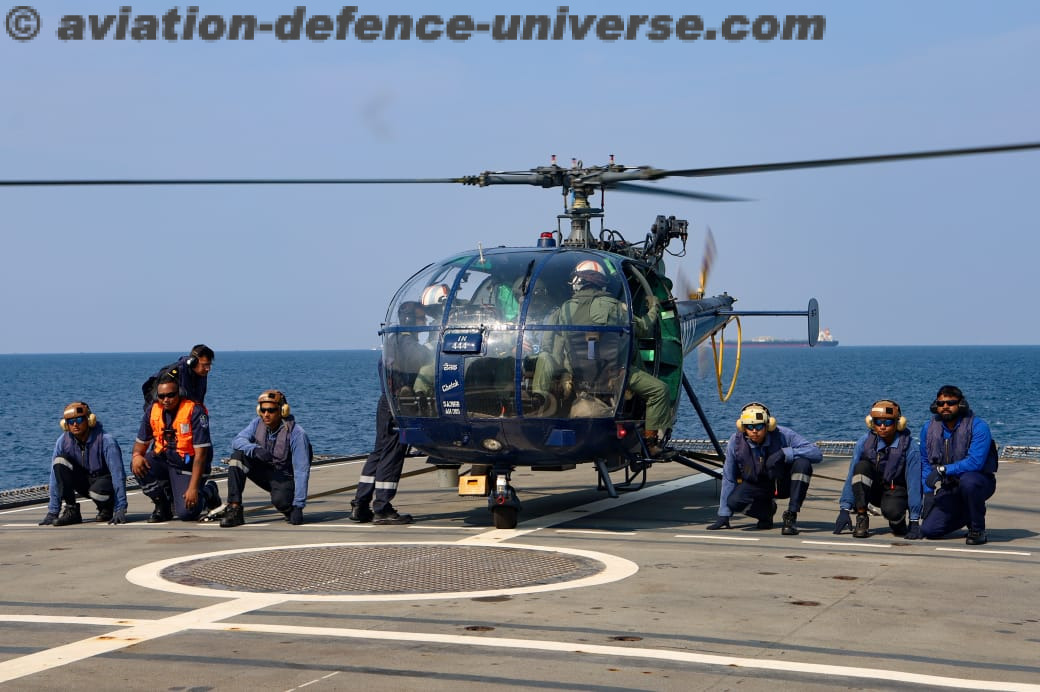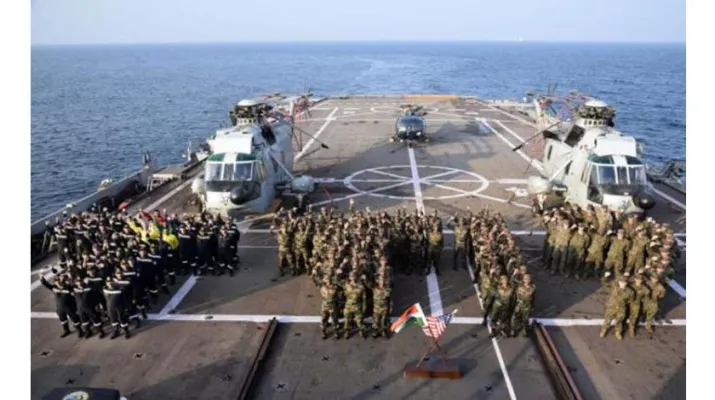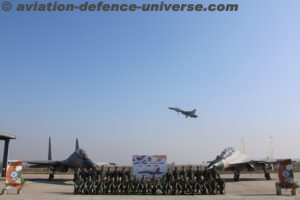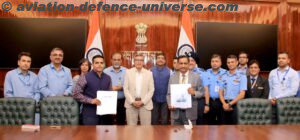By Brig. VK Atray(Retd)
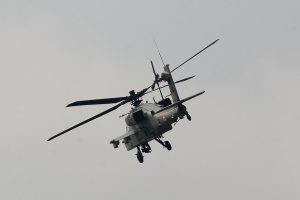
Pathankot. 03 September 2019. A story which started more than a decade ago has reached its conclusion pages today. In 2008, the Indian Air Force (IAF) released a tender for 22 attack helicopters; there were six contending submissions: Sikorsky’s UH-60 Black Hawk, the AH-64D, Bell’s AH-1 Super Cobra, Eurocopter’s Tiger, Mil’s Mi-28 and AgustaWestland’s A129 Mangusta. In October 2008, Boeing and Bell withdrew. In 2009, the competition was restarted. In December 2010, India requested the possible sale of 22 Apaches and associated equipment.
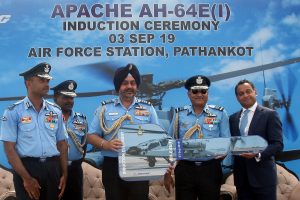
On 5 October 2012, the then IAF Chief NAK Browne confirmed the Apache’s selection. The IAF sought control of the 22 proposed Apaches for air combat missions, while the Army Aviation Corps argued that they would be better used in army operations. In April 2013, the Indian Ministry of Defence (MoD) decided that the IAF would receive the 22 AH-64s. India ordered the 22 AH-64Es in 2015 with deliveries to begin in 2019. On 12 June 2018, the U.S. Department of State approved a possible Foreign Military Sale to India for an additional six AH-64E helicopters, armaments, and associated equipment in a deal worth an estimated $930 million. The U.S. Defense Security Cooperation Agency notified Congress for approval.
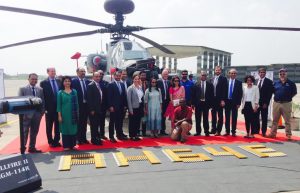
On 10 May 2019, India officially received its first AH-64E Apache Guardian in a ceremony at Boeing’s Mesa, Arizona production facility. On 27 July 2019, India received its first four AH-64Es of 22 on order. And today on 03 September 2019, India inducted 8 AH-64Es into the IAF’s 125 Helicopter Squadron at Pathankot Air Base, Punjab. For Boeing it was a well deserved pat on the back.

“Boeing is committed to supporting the modernization requirements of the Indian armed forces and maintaining them to be mission-ready,” said Salil Gupte,President, Boeing India. “We are confident that the Apaches will be an indispensable asset to the Indian Air Force. We will continue our efforts to deliver advanced capabilities to India’s defence forces,” he added .
Apache is a heavy weight attack helicopter and it is degined to take heavy fire from the ground.The crew compartment and rotor blade designed to sustain hits from 23 mm rounds. It is a heavily armed helicopter and over the decades a lot of weapon system have been integrated in its variants.
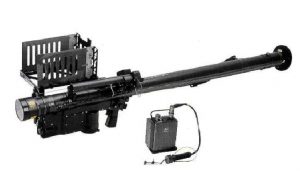
But the two main reasons India chose Apache over the others is the Stinger Missile and the Hellfire Missile The former made by Raytheon and the latter by Lockheed Martin.
The first one , the Stinger missile is famous for its impact in the Soviet – Afghan war. Mujahideens armed with these Stingers brought down jet fighters to transport aircrafts to helicopters. One of the worst affected by the Stingers was the Mi-35. For the early part of the war, the Hinds wreaked havoc on the war front but with the Stingers the attrition rate of the Mi-35 shot up. Clearly the Soviets got it wrong. This helicopter which was designed to take out tanks from the air and drop in a small number of soldiers (8) to the war front was clearly ill equipped and bulky to outmanouevre the MANPADS. It’s counter-measures were not capable of evading small and agile shoulder launched missiles.
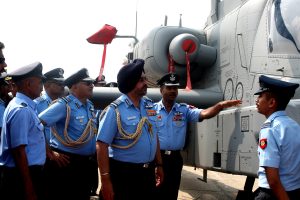
But what does this have to do with India’s Apache selection? Pakistan operates 350 Stinger launchers. With US Aid it has amassed an undisclosed amount of missiles in anticipation of using it against India’s Mi-17s and Mi-35s. It would be ridiculous to operate the Mi-35s knowing this dangerous threat. In a future war, this would result in a major setback for India as the Mi-35s will be easily shot out of the sky. The Apaches has a better survivability rate. It has better counter-measures, a lower radar profile and better maneuverability.
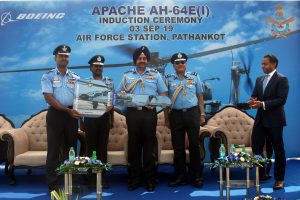
So we had the IAF Chief announcing today at the induction ceremony that the Apache attack helicopters are being purchased to replace the Mi-35 fleet. “Alongside the capability to shoot fire and forget anti tank guided missiles, air to air missiles, rockets and other ammunitions, it also has modern EW capabilities to provide versatility to helicopter in a network centric aerial warfare. Apaches have been an integral part of numerous historic campaigns worldwide. These aircraft have been modified specifically to suit the exacting standards demanded by IAF. I am happy to note that the delivery schedule is on time with eight helicopters already being delivered,” he added.
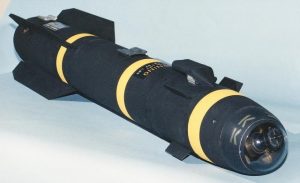
The second reason to choose Apache is the AGM-114 Hellfire missiles. This is a revolutionary Air-to-Surface and Surface-to-Surface missile specifically intended for an Anti-armor role. It is the best out there. It is so effective that the US have incorporated it into a variety of platforms ranging from the Predator UAV Drones to the Apache Helicopters. Its compact size and smaller weight means that 8 missiles can be carried in multi-pods on its wings hard points. This missile is tailor made for low intensity conflicts where surgical removal of armor is required. Matched with the agility of the Apaches, it forms a lethal combo. No equal counterpart has been featured on the Mi-35.
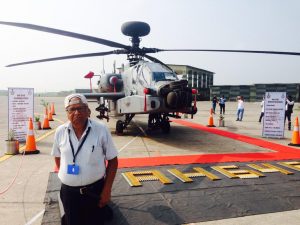
Boeing delivered the first U.S. Army Apache AH-64A in January 1984. Since then, the U.S. Army and other nations have received more than 2,200 AH-64 Apache attack helicopters. Boeing’s global customers for the Apache include Egypt, Greece, India, Indonesia, Israel, Japan, Korea, Kuwait, the Netherlands, Qatar, Saudi Arabia, Singapore, the United Arab Emirates and the United Kingdom. This induction of Apaches into the Indian Airforce has eventually got strategic and potent boost in its inventory and with volatile borders a confidence booster for the nation.


























